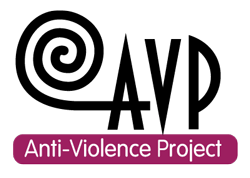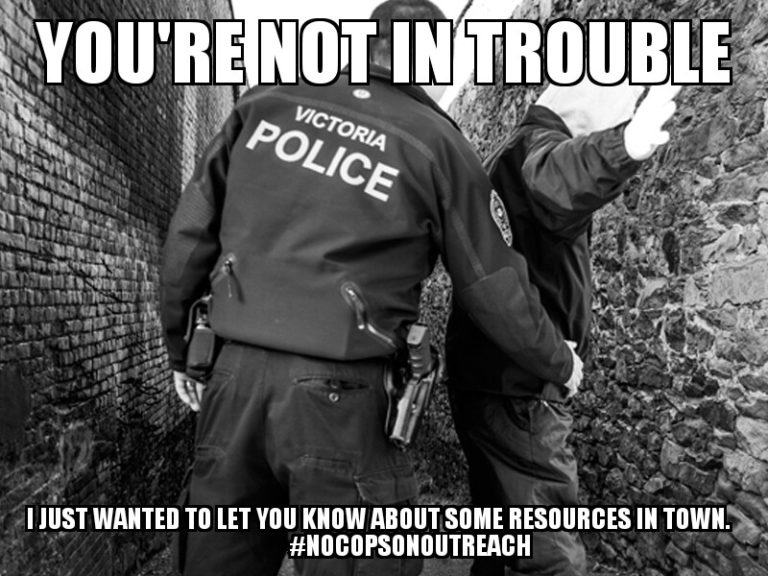Kenya & Paloma take on Ottawa
This past October, AVP was invited by The House of Commons’ Standing Committee on the Status of Women to be part of their study on Violence Against Young Girls and Women specifically in relation to campus violence. Kenya (Policy Advisor) and Paloma (Volunteer Lead) flew to Ottawa to present to the committee in person.
It all happened so fast, the committee contacted us with about ten days notice so our preparation was quite rushed. This reality forced us to spend really concentrated time working on what we wanted to say to the committee. This was a brief glimpse into the culture out east, where access to federal decision makers is more likely than here on the island.
Getting off the plane in Ottawa was probably the first moment we started to feel like this whole thing was actually happening. We are students in the midst of midterms who were missing a couple classes so that we could be a part of this process and the pace of it all made it so we had few moments to really recognize the immensity of the work we were engaging in. This fact did not stop us from taking some time to walk around the city, find great food, and attend a queer dance party during our two night stay.
Needless to say, there was a lot of pressure to cram as much information as possible into our presentation…have we mentioned we only had 10 minutes? After a late night of trimming down our epic 30 minute presentation down to this allotted 10 minutes, we put on our accidentally colour-coordinated outfits and headed to our presentation.
Walking into the House of Commons board room was intimidating to say the least. We, along with the other panelists, Farrah Khan and Hannah Kurchik (from Ryerson University), were seated on one side of a big “round” table of a room filled with the Committee and all their staff. The presentation itself was a bit of a blur but according to our talking points and the recording we hit on a lot of important content.
Some of the main points we covered were:
- Developing anti-oppressive intersectional frameworks
- Who gets left out of the violence against women and girls narrative
- Looking at structural violence, not just isolated incidents
- Defining rape culture and consent culture
- Survivor-centred approaches to prevention and response
- Working with those who have caused harm
- The need for stand-alone policies at universities throughout the country
After our presentation the Minister of the Status of women opened the floor to questions. The period allotted for questions was only 40 minutes and felt nothing like a dialogue but rather an interrogation. Afterwards people swarmed us, thanking us, handing us business cards and asking follow up questions.
Once we left the board room, Farrah Khan managed to get us in for a lobby session with some of the Minister’s staff, resulting in a slightly comedic rush to the Confederation building in high-heels and formal wear. We got to speak with staff about national strategies and the importance of bringing together advocates from across the country in doing this work.
And then, with the blink of an eye, we were back in the airport, prepping for our departure back to Victoria. Despite some forgotten luggage, a missing water bottle, and a delayed flight, we boarded our plane relatively unscathed. Before we knew it, we were back on the island trying our best to get a good night’s rest before class the following day.

In many ways, we are still processing the entire trip. It was so fast, so big and so important. That being said, this trip was also a reminder that working with government isn’t the only way we do advocacy. We sometimes found ourselves asking: “Why is the government listening now? Whose story still isn’t being told?”.
Ultimately, this trip was another reminder that this work continues to happen on the backs of survivors. Many of us rely on challenging the systems that uphold rape culture simply so that we can survive in the world. Therefore, sharing our stories and our strategies is a powerful everyday act of resistance.
To listen to our presentation click here, for a written version click here.
To see our thoughts on the Committee on the Status of Women’s report on Violence Against Women and Girls check back for our upcoming blog post!







